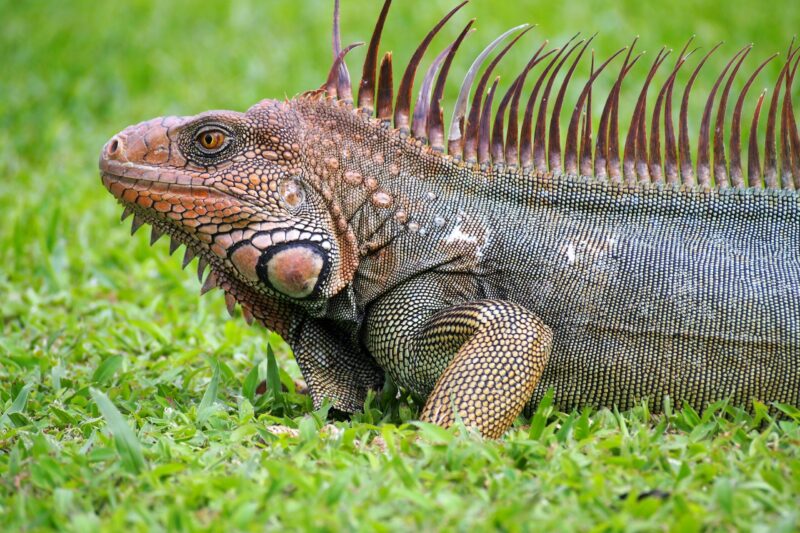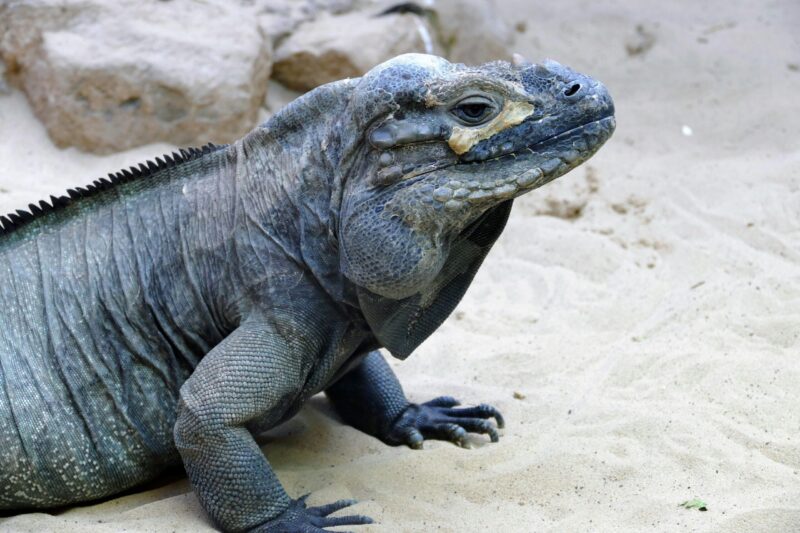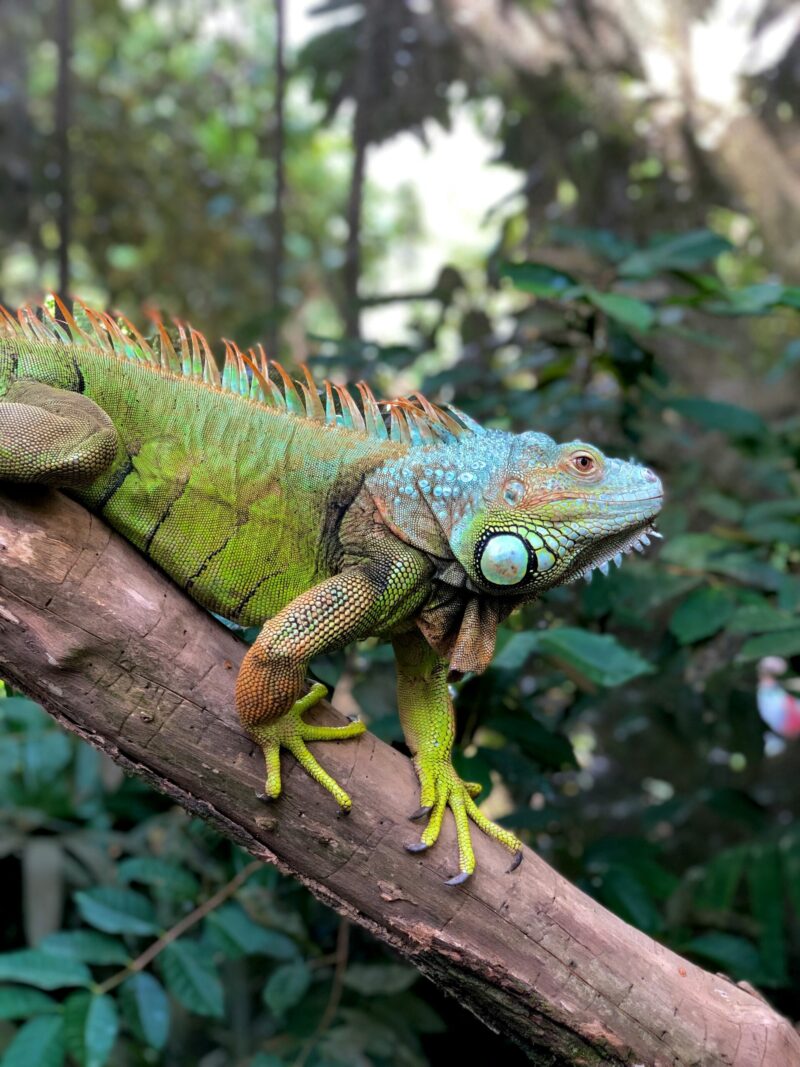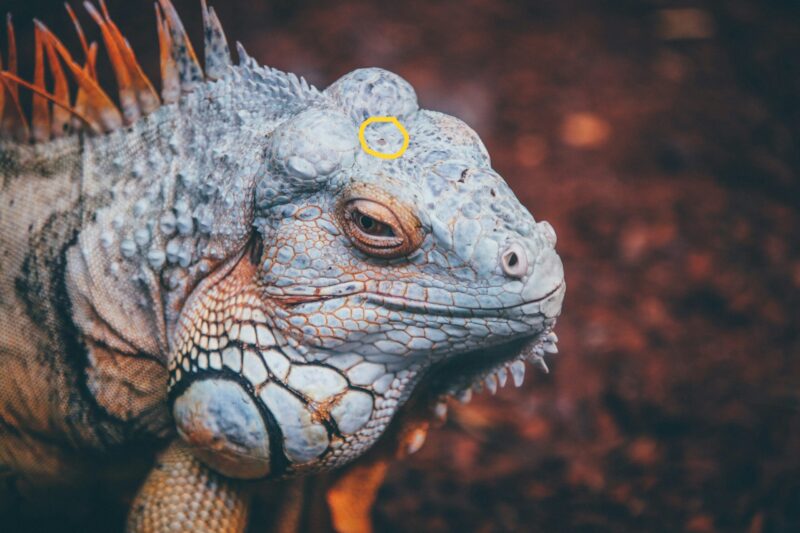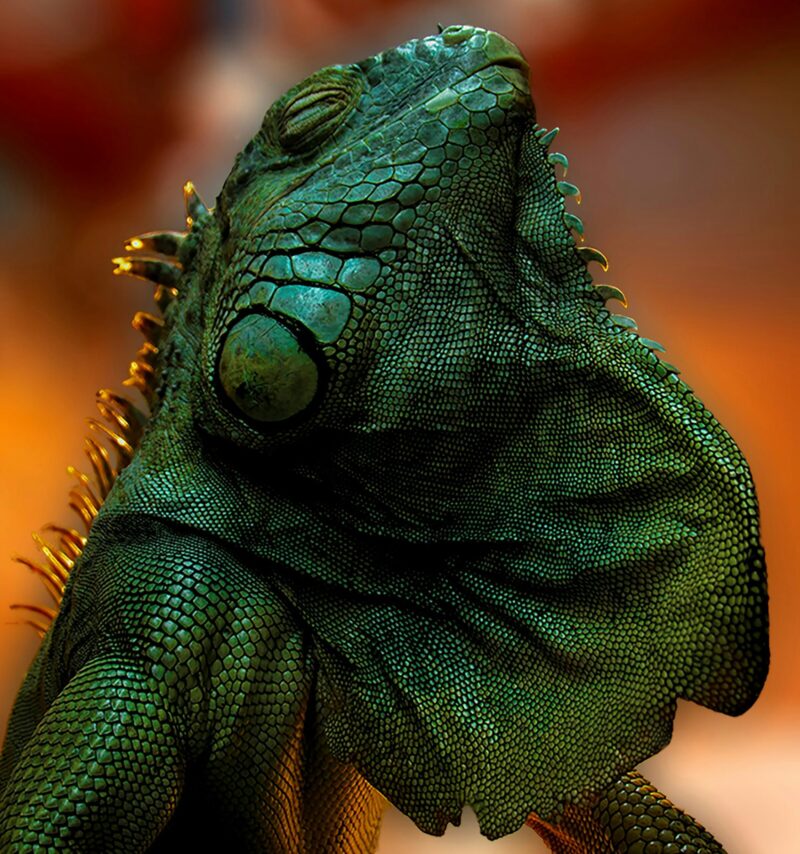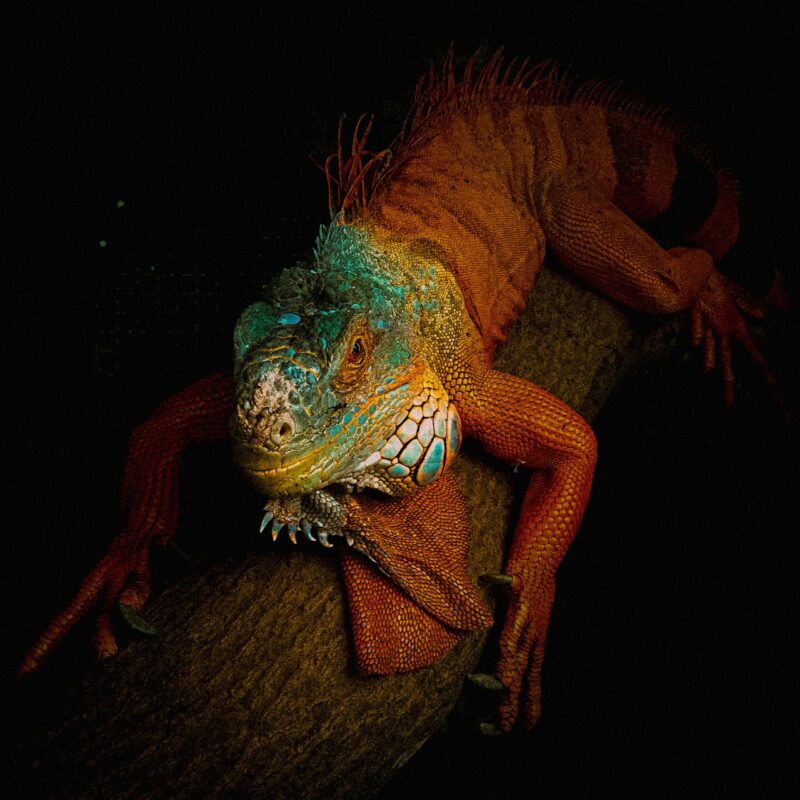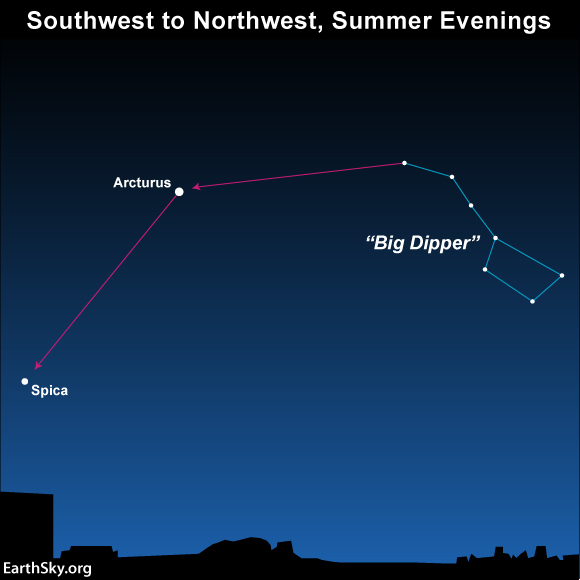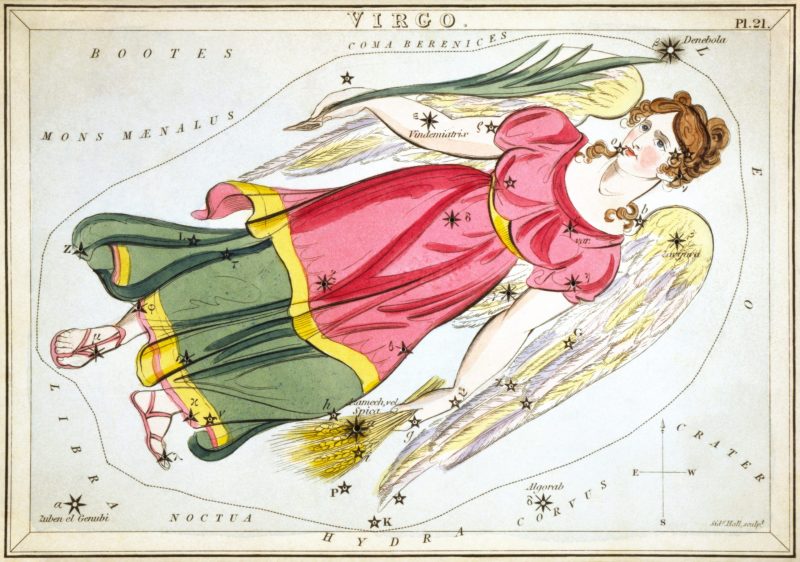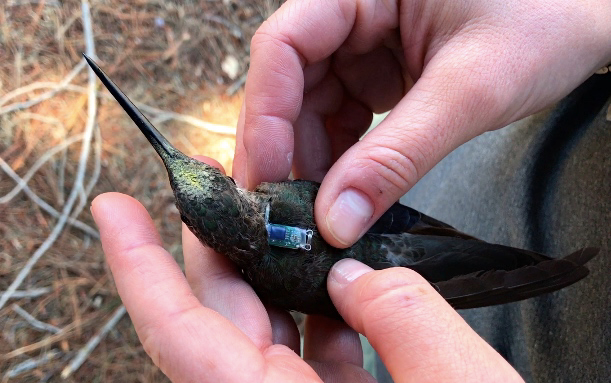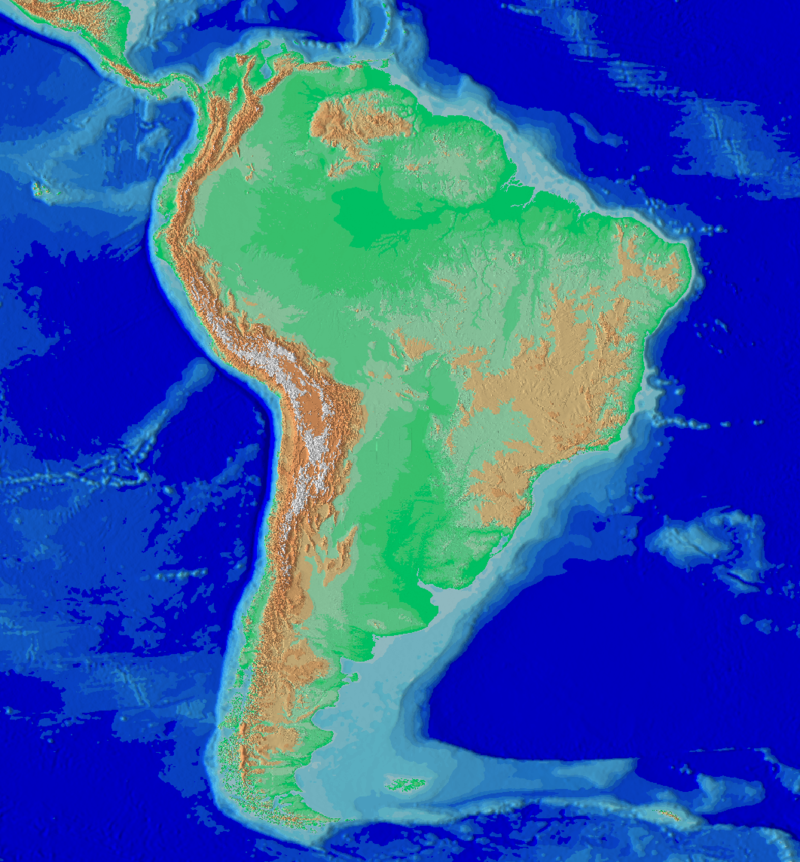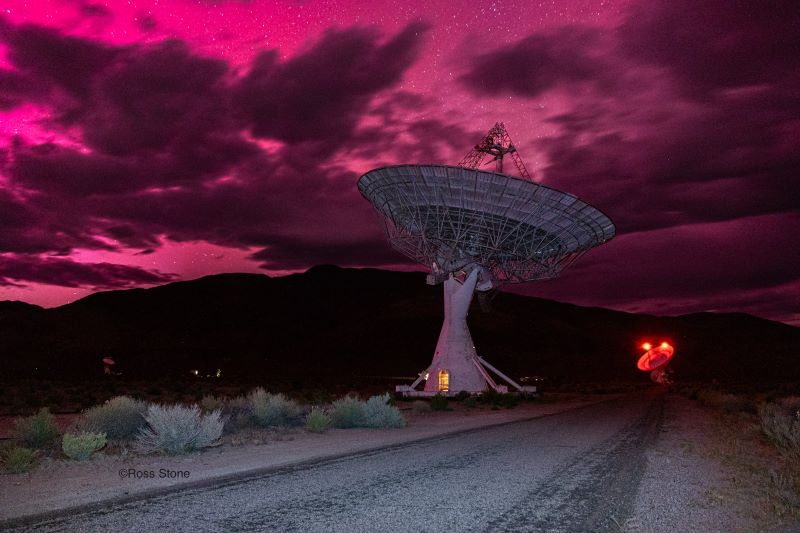Watch Will Triggs of EarthSky in this viral video on the discovery of the first ever nitroplast.
UCSC published this original story on April 11, 2024. Edits by EarthSky.
Discovery of the 1st nitroplast
Modern biology textbooks assert that only bacteria can take nitrogen from the atmosphere and convert it into a form that is usable for life. Plants that fix nitrogen, such as legumes, do so by harboring symbiotic bacteria in root nodules. But a recent discovery upends that rule.
In two recent papers, an international team of scientists describe the first known nitrogen-fixing organelle within a eukaryotic cell. The organelle is the 4th example in history of primary endosymbiosis. This is the process by which a prokaryotic cell is engulfed by a eukaryotic cell and evolves beyond symbiosis into an organelle.
Tyler Coale, a postdoctoral scholar at UC Santa Cruz and first author on one of two recent papers, said:
It’s very rare that organelles arise from these types of things. The first time we think it happened, it gave rise to all complex life. Everything more complicated than a bacterial cell owes its existence to that event [the origin of the mitochondria]. A billion years ago or so, it happened again with the chloroplast, and that gave us plants.
The 3rd known instance involves a microbe similar to a chloroplast. The newest discovery is the first example of a nitrogen-fixing organelle, which the researchers are calling a nitroplast.
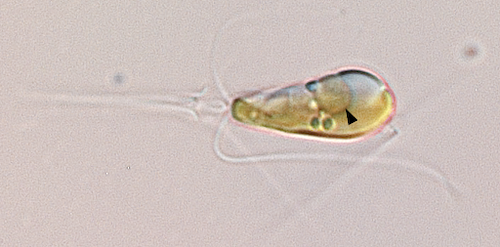
A decades-long mystery
The discovery of the organelle involved a bit of luck and decades of work. In 1998, Jonathan Zehr, a UC Santa Cruz distinguished professor of marine sciences, found a short DNA sequence of what appeared to be from an unknown nitrogen-fixing cyanobacterium in Pacific Ocean seawater. Zehr and colleagues spent years studying the mystery organism, which they called UCYN-A.
At the same time, Kyoko Hagino, a paleontologist at Kochi University in Japan, was painstakingly trying to culture a marine alga. It turned out to be the host organism for UCYN-A. It took her over 300 sampling expeditions and more than a decade, but Hagino eventually successfully grew the alga in culture, allowing other researchers to begin studying UCYN-A and its marine alga host together in the lab.
For years, the scientists considered UCYN-A an endosymbiont that was closely associated with an alga. But the two recent papers suggest that UCYN-A has co-evolved with its host past symbiosis and now fits criteria for an organelle.
Organelle origins
In a paper published in Cell in March, Zehr and colleagues from the Massachusetts Institute of Technology, Institut de Ciències del Mar in Barcelona and the University of Rhode Island show the size ratio between UCYN-A and their algal hosts is similar across different species of the marine haptophyte algae Braarudosphaera bigelowii.
The researchers use a model to demonstrate that the growth of the host cell and UCYN-A are controlled by the exchange of nutrients. Their metabolisms are linked. This synchronization in growth rates led the researchers to call UCYN-A “organelle-like.” Zehr said:
That’s exactly what happens with organelles. If you look at the mitochondria and the chloroplast, it’s the same thing: they scale with the cell.
Evidence for the nitroplast
But the scientists did not confidently call UCYN-A an organelle until confirming other lines of evidence. In the cover article of the journal Science, published on April 11, 2024, Zehr, Coale, Kendra Turk-Kubo and Wing Kwan Esther Mak from UC Santa Cruz, and collaborators from the University of California, San Francisco, the Lawrence Berkeley National Laboratory, National Taiwan Ocean University, and Kochi University in Japan show that UCYN-A imports proteins from its host cells.
Zehr said:
That’s one of the hallmarks of something moving from an endosymbiont to an organelle. They start throwing away pieces of DNA, and their genomes get smaller and smaller, and they start depending on the mother cell for those gene products – or the protein itself – to be transported into the cell.
Tyler Coale worked on the identification and characterization for the study. He compared the proteins found within isolated UCYN-A with those found in the entire algal host cell. He found the host cell makes proteins and labels them with a specific amino acid sequence, which tells the cell to send them to the nitroplast. The nitroplast then imports the proteins and uses them. Coale identified the function of some of the proteins, and they fill gaps in certain pathways within UCYN-A.
Zehr said:
It’s kind of like this magical jigsaw puzzle that actually fits together and works.
In the same paper, researchers from UCSF show that UCYN-A replicates in synchrony with the alga cell and is inherited like other organelles.
Changing perspectives
These independent lines of evidence leave little doubt that UCYN-A has surpassed the role of a symbiont. And while mitochondria and chloroplasts evolved billions of years ago, the nitroplast appears to have evolved about 100 million years ago, providing scientists with a new, more recent perspective on organellogenesis [the origin of organelles].
The organelle also provides insight into ocean ecosystems. All organisms need nitrogen in a biologically usable form, and UCYN-A is globally important for its ability to fix nitrogen from the atmosphere. Researchers have found it everywhere from the tropics to the Arctic Ocean, and it fixes a significant amount of nitrogen. Zehr said:
It’s not just another player.
Agricultural uses of the nitroplast
The discovery also has the potential to change agriculture. The ability to synthesize ammonia fertilizers from atmospheric nitrogen allowed agriculture – and the world population – to take off in the early 20th century. Known as the Haber-Bosch process, it makes possible about 50% of the world’s food production. It also creates enormous amounts of carbon dioxide. About 1.4% of global emissions come from the process. For decades, researchers have tried to figure out a way to incorporate natural nitrogen fixation into agriculture. Coale said:
This system is a new perspective on nitrogen fixation, and it might provide clues into how such an organelle could be engineered into crop plants.
But plenty of questions about UCYN-A and its algal host remain unanswered. The researchers plan to delve deeper into how UCYN-A and the alga operate and study different strains.
Kendra Turk-Kubo, an assistant professor at UC Santa Cruz, will continue the research in her new lab. Zehr expects scientists will find other organisms with evolutionary stories similar to UCYN-A, but as the first of its kind, this discovery is one for the textbooks.
Bottom line: Scientists announced the discovery of the first nitroplast, a nitrogen-fixing organelle. It’s just the 4th example in history of primary endosymbiosis.
Read more: Algae discovered inside salamander embryos
The post Scientists discover a nitroplast, the 1st of its kind first appeared on EarthSky.
from EarthSky https://ift.tt/fw1eoum
Watch Will Triggs of EarthSky in this viral video on the discovery of the first ever nitroplast.
UCSC published this original story on April 11, 2024. Edits by EarthSky.
Discovery of the 1st nitroplast
Modern biology textbooks assert that only bacteria can take nitrogen from the atmosphere and convert it into a form that is usable for life. Plants that fix nitrogen, such as legumes, do so by harboring symbiotic bacteria in root nodules. But a recent discovery upends that rule.
In two recent papers, an international team of scientists describe the first known nitrogen-fixing organelle within a eukaryotic cell. The organelle is the 4th example in history of primary endosymbiosis. This is the process by which a prokaryotic cell is engulfed by a eukaryotic cell and evolves beyond symbiosis into an organelle.
Tyler Coale, a postdoctoral scholar at UC Santa Cruz and first author on one of two recent papers, said:
It’s very rare that organelles arise from these types of things. The first time we think it happened, it gave rise to all complex life. Everything more complicated than a bacterial cell owes its existence to that event [the origin of the mitochondria]. A billion years ago or so, it happened again with the chloroplast, and that gave us plants.
The 3rd known instance involves a microbe similar to a chloroplast. The newest discovery is the first example of a nitrogen-fixing organelle, which the researchers are calling a nitroplast.

A decades-long mystery
The discovery of the organelle involved a bit of luck and decades of work. In 1998, Jonathan Zehr, a UC Santa Cruz distinguished professor of marine sciences, found a short DNA sequence of what appeared to be from an unknown nitrogen-fixing cyanobacterium in Pacific Ocean seawater. Zehr and colleagues spent years studying the mystery organism, which they called UCYN-A.
At the same time, Kyoko Hagino, a paleontologist at Kochi University in Japan, was painstakingly trying to culture a marine alga. It turned out to be the host organism for UCYN-A. It took her over 300 sampling expeditions and more than a decade, but Hagino eventually successfully grew the alga in culture, allowing other researchers to begin studying UCYN-A and its marine alga host together in the lab.
For years, the scientists considered UCYN-A an endosymbiont that was closely associated with an alga. But the two recent papers suggest that UCYN-A has co-evolved with its host past symbiosis and now fits criteria for an organelle.
Organelle origins
In a paper published in Cell in March, Zehr and colleagues from the Massachusetts Institute of Technology, Institut de Ciències del Mar in Barcelona and the University of Rhode Island show the size ratio between UCYN-A and their algal hosts is similar across different species of the marine haptophyte algae Braarudosphaera bigelowii.
The researchers use a model to demonstrate that the growth of the host cell and UCYN-A are controlled by the exchange of nutrients. Their metabolisms are linked. This synchronization in growth rates led the researchers to call UCYN-A “organelle-like.” Zehr said:
That’s exactly what happens with organelles. If you look at the mitochondria and the chloroplast, it’s the same thing: they scale with the cell.
Evidence for the nitroplast
But the scientists did not confidently call UCYN-A an organelle until confirming other lines of evidence. In the cover article of the journal Science, published on April 11, 2024, Zehr, Coale, Kendra Turk-Kubo and Wing Kwan Esther Mak from UC Santa Cruz, and collaborators from the University of California, San Francisco, the Lawrence Berkeley National Laboratory, National Taiwan Ocean University, and Kochi University in Japan show that UCYN-A imports proteins from its host cells.
Zehr said:
That’s one of the hallmarks of something moving from an endosymbiont to an organelle. They start throwing away pieces of DNA, and their genomes get smaller and smaller, and they start depending on the mother cell for those gene products – or the protein itself – to be transported into the cell.
Tyler Coale worked on the identification and characterization for the study. He compared the proteins found within isolated UCYN-A with those found in the entire algal host cell. He found the host cell makes proteins and labels them with a specific amino acid sequence, which tells the cell to send them to the nitroplast. The nitroplast then imports the proteins and uses them. Coale identified the function of some of the proteins, and they fill gaps in certain pathways within UCYN-A.
Zehr said:
It’s kind of like this magical jigsaw puzzle that actually fits together and works.
In the same paper, researchers from UCSF show that UCYN-A replicates in synchrony with the alga cell and is inherited like other organelles.
Changing perspectives
These independent lines of evidence leave little doubt that UCYN-A has surpassed the role of a symbiont. And while mitochondria and chloroplasts evolved billions of years ago, the nitroplast appears to have evolved about 100 million years ago, providing scientists with a new, more recent perspective on organellogenesis [the origin of organelles].
The organelle also provides insight into ocean ecosystems. All organisms need nitrogen in a biologically usable form, and UCYN-A is globally important for its ability to fix nitrogen from the atmosphere. Researchers have found it everywhere from the tropics to the Arctic Ocean, and it fixes a significant amount of nitrogen. Zehr said:
It’s not just another player.
Agricultural uses of the nitroplast
The discovery also has the potential to change agriculture. The ability to synthesize ammonia fertilizers from atmospheric nitrogen allowed agriculture – and the world population – to take off in the early 20th century. Known as the Haber-Bosch process, it makes possible about 50% of the world’s food production. It also creates enormous amounts of carbon dioxide. About 1.4% of global emissions come from the process. For decades, researchers have tried to figure out a way to incorporate natural nitrogen fixation into agriculture. Coale said:
This system is a new perspective on nitrogen fixation, and it might provide clues into how such an organelle could be engineered into crop plants.
But plenty of questions about UCYN-A and its algal host remain unanswered. The researchers plan to delve deeper into how UCYN-A and the alga operate and study different strains.
Kendra Turk-Kubo, an assistant professor at UC Santa Cruz, will continue the research in her new lab. Zehr expects scientists will find other organisms with evolutionary stories similar to UCYN-A, but as the first of its kind, this discovery is one for the textbooks.
Bottom line: Scientists announced the discovery of the first nitroplast, a nitrogen-fixing organelle. It’s just the 4th example in history of primary endosymbiosis.
Read more: Algae discovered inside salamander embryos
The post Scientists discover a nitroplast, the 1st of its kind first appeared on EarthSky.
from EarthSky https://ift.tt/fw1eoum


